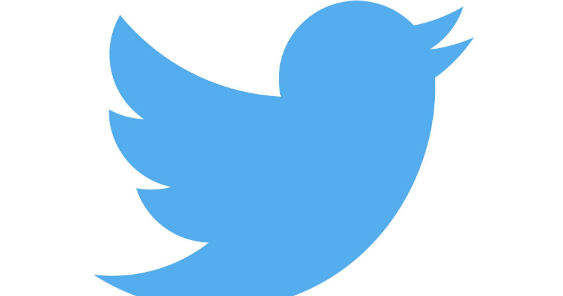When consumers buy holiday gifts for the people on their list, how can you make sure all that pretty paper is wrapped around something you’re selling? Start by meeting shoppers where they’re at their most receptive and engaged: on Twitter. Two-thirds of Twitter shoppers consistently engage on Twitter during the holidays to connect and share¹, making it the perfect place to rise above the holiday marketing noise.
What’s more, 84 percent of Twitter shoppers use the platform to look for deals, read product reviews, and find gift ideas¹. So getting in front of Twitter audiences can really pay off. Shoppers on Twitter have higher budgets, too ($308 vs. $253), shop more frequently (6.9 times vs. 4.3 times), and shop online more frequently (3.6 times vs. 1.9 times) than those not on the platform².
Additionally, Twitter drives a median sales lift of 1.80% per household and a median response rate lift of 2.24% per household.
In particular for the Philippines, a separate study using data from Crimson Hexagon and Twitter show the shared conversations among Twitter users in the Philippines usually revolve around Family, Travel, and Shopping and mostly expressed in positive to neutral voices. Of the Twitter users surveyed, 50 percent preferred shopping up to two months before Christmas.
The study also revealed that 91 percent of Twitter users in the Philippines wanted to see more offerings from popular brands during Christmas on the social media site. Twitter users in the market surveyed specifically ranked fashion and accessories, electronics and home appliances, and gift cards / vouchers as the top three gift categories they wanted to see more of on the site.
Let’s take a look at tips from past holiday campaigns:
1. Insight: Households that engage with media buy more stuff.
Audiences that actively engaged with Promoted Tweets (Retweeting, favoriting, clicking) represent a smaller number of total households reached on Twitter, yet purchase at a higher rate than their less-engaged neighbors with a 6.4X higher sales lift. However, in aggregate, households exposed to paid media without engaging still account for 87% of incremental sales.
What you can do: Maximize engagement by testing various ad formats.
Try photos and GIFs. Post videos. Or create Tweet Carousels that show off multiple products at once. Strike a balance between attracting engaged households and reaching the masses. By scale alone, less engaged households will drive the majority of sales so don’t underestimate them. And no matter the format, feature your logo on every image or video frame, like this short and sweet Target video.
2. Insight: If you discount it, they will come.
Campaigns that promoted limited-time sales, weekly or daily discounts, and exclusive coupons generated the greatest sales lift. Big shopping campaigns like Black Friday and Cyber Monday, as well as everyday shopping moments like flash sales, all drove shoppers in-store or online to make a purchase.
What you can do: Build limited-time discount messaging into your creative to drive sales.
Highlighting strong calls to action with clear deadlines will create urgency around your offer and keep your communications as fresh as a newly cut tree.
JCPenney used timely Tweets to announce the dates of limited-time sales, giving shoppers a clear savings opportunity and a definite window of time to take action.
3. Insight: Frequent exposure to an ad boosts purchase intent.
Twitter audiences are far more likely to act on an ad after seeing it multiple times. Toys”R”Us saw a 1.8X sales lift among audiences who encountered an ad nine times, as compared to audiences who only saw it once over a 10-week period. Nine pipers piping never sounded so good.
What you can do: Rotate 3–5 creative messages per week to expose your target audience to your message multiple times throughout the holiday season.
You can get more mileage from your ads by exploring different types of targeting (Look-Alike and Event Targeting are great examples). This will help you maximize reach across your most likely customers.
Last holiday season, Toys”R”Us refreshed their creative weekly with a new Big Book toy deal for Twitter audiences.
Methodology
Twitter partnered with Oracle Data Cloud to compare sales performance across 10 retail holiday campaigns on Twitter (2013–2015). The brands measured represented big box, apparel, and specialty retailers. Key sales metrics analyzed included:
ROAS: Return on Ad Spend (full campaign incremental sales/campaign cost)
Sales Lift: % increase in $ spent per household (control vs. exposed group)
Response Rate: Household penetration; % increase in the number of buying households (control vs. exposed group)
Footnotes:
¹ Euromonitor international research commissioned by Twitter, 2015
² Twitter Retail User Research, March 2015, Millward Brown. For shoppers on Twitter who have higher budgets ($308 vs. $253), this referred to budget over the course of six months. When it came to shopping more frequently (6.9X vs. 4.3X) and online more frequently (3.6X vs. 1.9X), this was over the course of a month.










